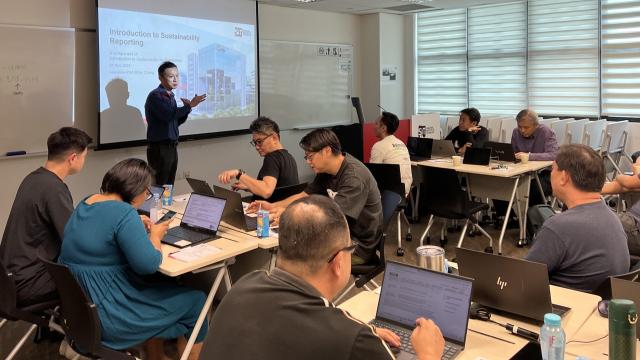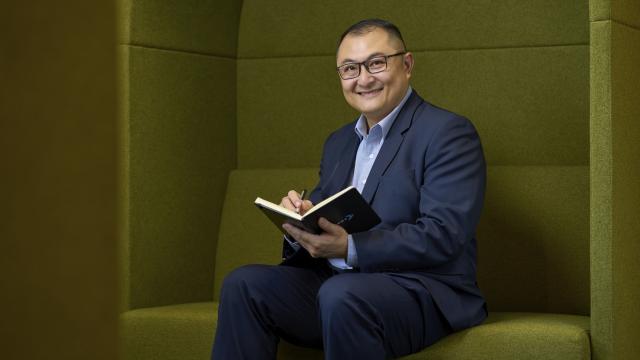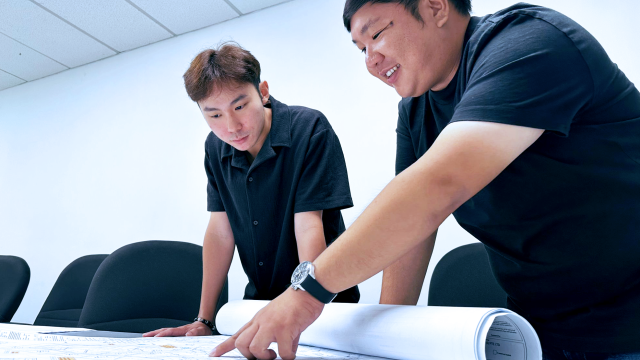The expectations of the workforce have changed as digital transformation charters new pathways for businesses. Beyond having specific skills and expertise, employees are expected to be technologically savvy, and be able to adapt and learn, unlearn and relearn quickly on the job.
In this current climate, education can no longer be front-loaded. There needs to be a conscious effort to close the gaps between the expectations of industries and the university curriculum. To keep up with the transformative trends of industries, education institutions have to look beyond their confines to address the needs of the workplace as well as working professionals in Singapore.
Applied Learning pedagogy
One way to train our graduates to transit seamlessly into the workplace is through applied learning. This means that the focus of tertiary education should shift towards connecting academic knowledge with real-world applications, and developing students’ soft skills, such as interpersonal skills and working as a team.
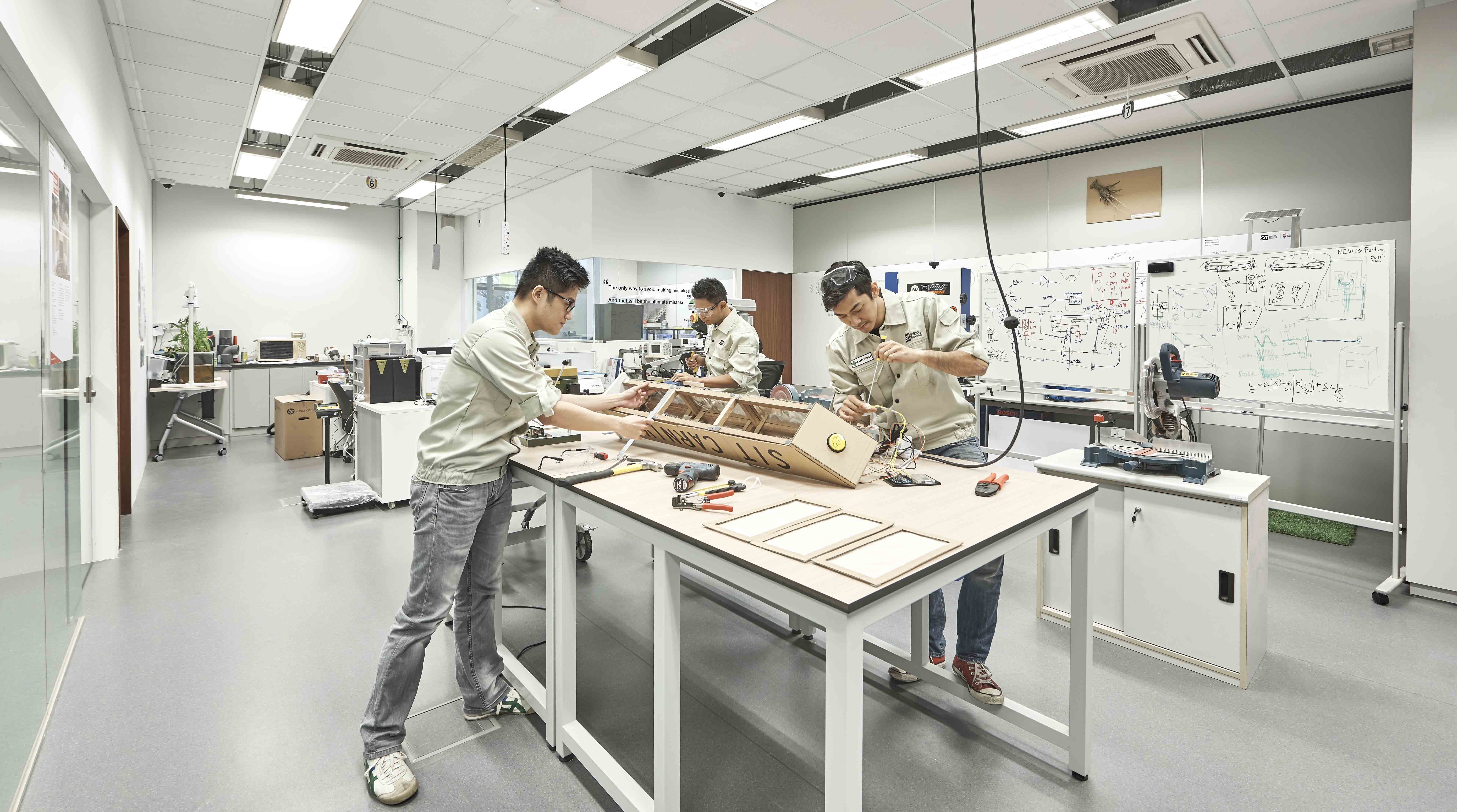 Singapore Institute of Technology’s Assistant Provost (Applied Learning) Associate Professor Foo Yong Lim explains that the university’s applied learning framework fosters the development of in-depth technical knowledge, industry readiness and transferable skills in its graduates who ‘know that’ and also 'know how’. He feels that while theory is important, it is just as crucial for students to experience real-world application while they are still in university. “Whether it’s through simulations, case-based learning, clinical practice or capstone projects, a hands-on approach to learning is critical to students’ overall higher education experience,” he says.
Singapore Institute of Technology’s Assistant Provost (Applied Learning) Associate Professor Foo Yong Lim explains that the university’s applied learning framework fosters the development of in-depth technical knowledge, industry readiness and transferable skills in its graduates who ‘know that’ and also 'know how’. He feels that while theory is important, it is just as crucial for students to experience real-world application while they are still in university. “Whether it’s through simulations, case-based learning, clinical practice or capstone projects, a hands-on approach to learning is critical to students’ overall higher education experience,” he says.
With an emphasis on applied learning, the degree programmes at SIT challenge students to use their academic knowledge to solve problems around them. This is done through collaborations with industry partners, where students get to reinforce their understanding of fundamental theories through practice. “Our students in allied health programmes, for example, are closely linked with Singapore’s national healthcare system in their clinical placement education,” says Foo.
Applied learning methodologies as such changes the approach to learning, as students take on a mastery approach, seeking to improve their own competence. “The emphasis is on learning and self-improvement and not just on how many marks will be attained. A student with high mastery approach might be more keen to ask for help, and will not be concerned with showing what he or she knows but focuses more on learning everything about the task and what it takes to do it well,” says Foo.
He explains that even in classroom learning, lecturers should be equipped to answer questions beyond the textbook. “At SIT, for example, curriculum are designed and developed by academic staff with input from industry advisory committee members who are experts in their respective fields. They play a key role in facilitating students’ learning by providing the industry and community context.” So why only learn on the job after graduating? Real work skills can be embedded in the university learning from the very onset.
To ensure that students at SIT have the right mindset for an applied learning approach, the institution selects candidates that are aligned with its pedagogy. Every shortlisted applicant is given an interview slot and evaluated based on academic performance, co-curricular activity record, work experience, and passion. Foo says, “This process has allowed us to identify a number of matured students who are seeking industry-relevant upskilling or reskilling programmes. Because they have been working in the industry, they add diversity to the classroom and learning environment too.”
Applied Research
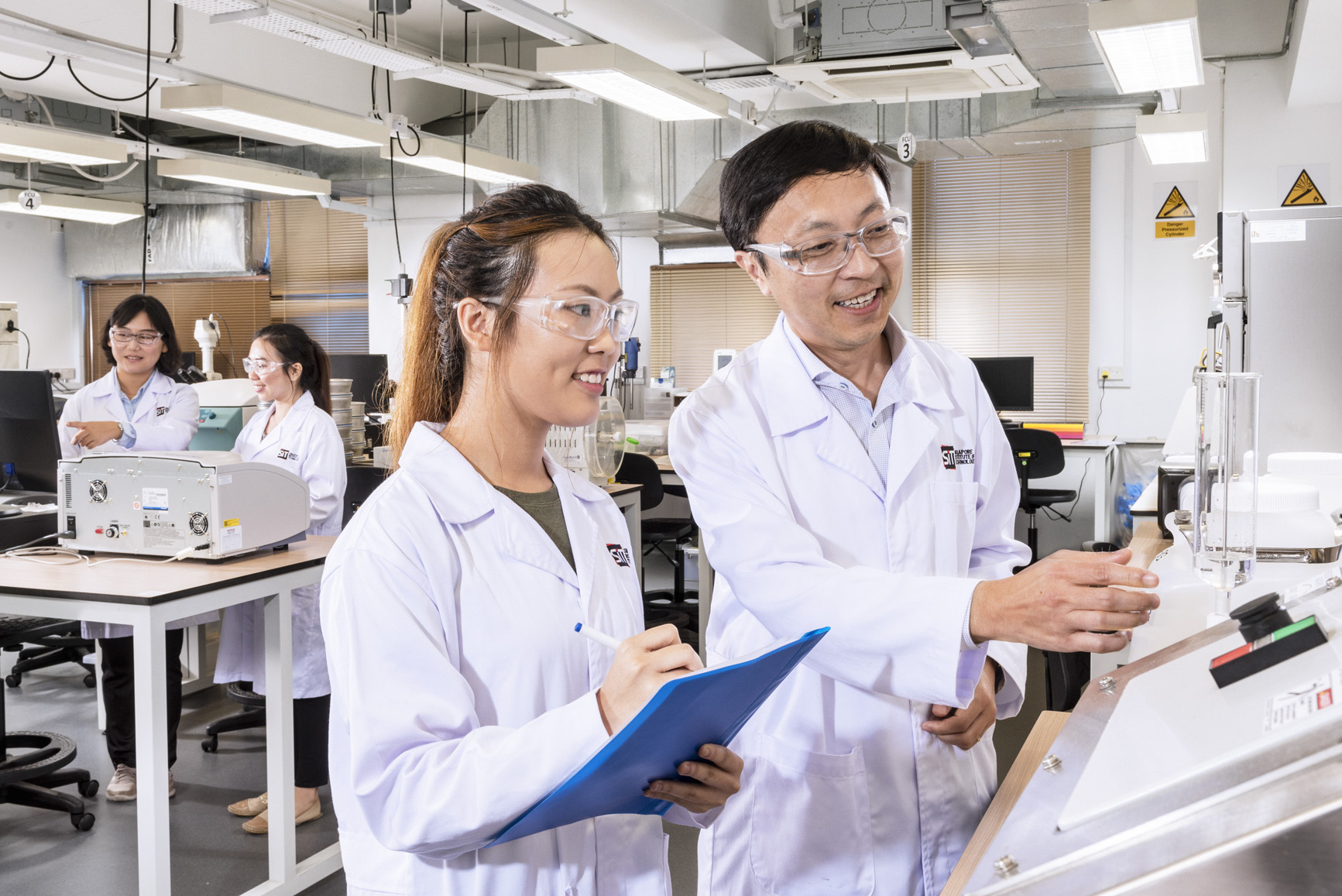 Applied research complements and strengthens the applied learning pedagogy. SIT focuses on working with the industry in applied research projects. Unlike traditional research which is discovery-oriented, applied research projects have higher technology readiness levels, which bridge the gap between theoretical research and industry applications.
Applied research complements and strengthens the applied learning pedagogy. SIT focuses on working with the industry in applied research projects. Unlike traditional research which is discovery-oriented, applied research projects have higher technology readiness levels, which bridge the gap between theoretical research and industry applications.
All applied research projects that are conducted in SIT involve students. SIT’s Assistant Provost (Applied Research) Associate Professor Susanna Leong explains that a typical applied research project often takes the form of solving an industry problem with a strong translational focus. To do so effectively, universities need to comprehend the full extent of problems faced by industry, in order to help curate real value for them through applied research outcomes. Such applied research projects benefit the students through equipping them with real skills needed to solve in-demand industry and societal problems.
Because applied research is industry-inspired, students are often confronted with unique and unstructured problems, forcing them to think outside the box and look for answers beyond their textbooks. “Many skillsets are needed to solve the challenges of the future, which are typically multifaceted and trans-disciplinary, something that cannot be taught in traditional lecture platforms. By exposing students to real world problems through partnerships with the industry, they acquire skillsets that can significantly increase their industry-readiness and build their confidence to be effective in their jobs from day one,” she says.
To make this happen, both the universities and industries need to do their part. Businesses should not view themselves merely as job providers, but partners with universities to build a future-ready workforce by providing opportunities for workplace learning. “At SIT, students go through the Integrated Work Study Programme (IWSP), where they are treated as in-house employees in terms of job assignments over eight to 12 months, and some also complete capstone projects in parallel. By exposing them to all aspects of a job, they have a clear idea of what to expect when they enter the workforce,” she says, adding that the programmes at SIT are developed through extensive engagement with the industry.
Better opportunities await
 More than an internship, Foo adds, “IWSP is intended to meet high standards of academic rigour. During this period, students are also immersed in academic learning activities such as reflection reports or innovation projects that are led by SIT faculty. Students get a better appreciation of what they learnt in class in relation to real work practice. Upon completion of this programme, many of our graduates are work-ready and are able to transit effectively into the workforce as they are already familiar with industry demands.”
More than an internship, Foo adds, “IWSP is intended to meet high standards of academic rigour. During this period, students are also immersed in academic learning activities such as reflection reports or innovation projects that are led by SIT faculty. Students get a better appreciation of what they learnt in class in relation to real work practice. Upon completion of this programme, many of our graduates are work-ready and are able to transit effectively into the workforce as they are already familiar with industry demands.”
The fast pace of technology means that the learning process can never end, even after students leave the classroom. Graduates need to be resilient in order to survive and thrive in the future workplace. With a curriculum developed in close partnership with the industry, they can rest assured knowing that they are equipped with the necessary skills.
Beyond securing a job for themselves, students who go through the applied learning and applied research pedagogy will be able to engage with communities and potentially make improvements that impact the social, economic or environmental aspects of the community they live and work within. As Foo sums up, “they become ‘thinking tinkerers’ and ‘catalysts for transformation,’ with the ability to learn, unlearn and relearn; while ensuring that they are grounded in their community.”
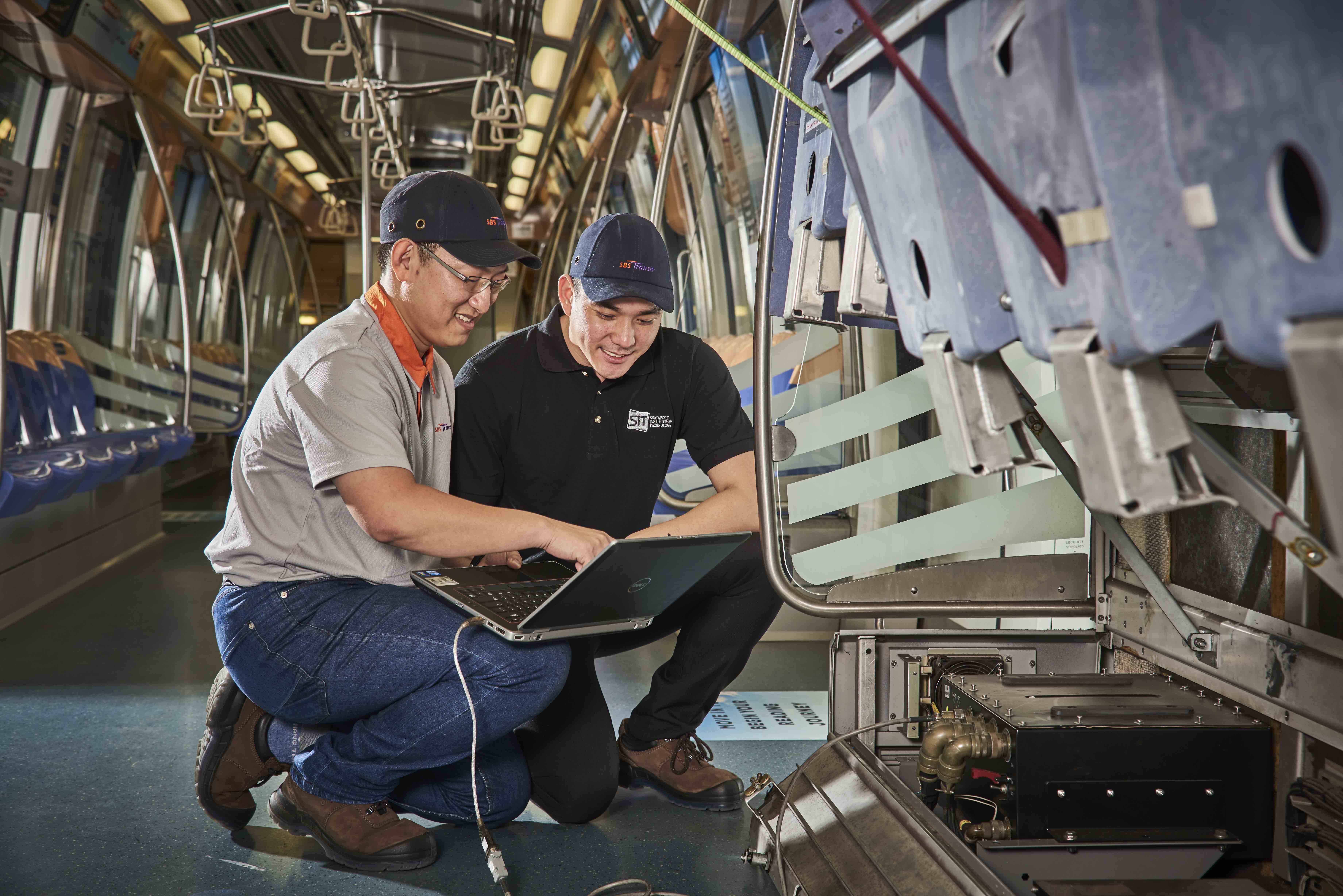 Indeed, preparing students for tomorrow’s workplace in this ever-changing environment can be a challenging task. However, if graduates have the right mindset and ability to look for innovative solutions, they are already one step ahead of their peers.
Indeed, preparing students for tomorrow’s workplace in this ever-changing environment can be a challenging task. However, if graduates have the right mindset and ability to look for innovative solutions, they are already one step ahead of their peers.
This content originally appeared on Yahoo.

